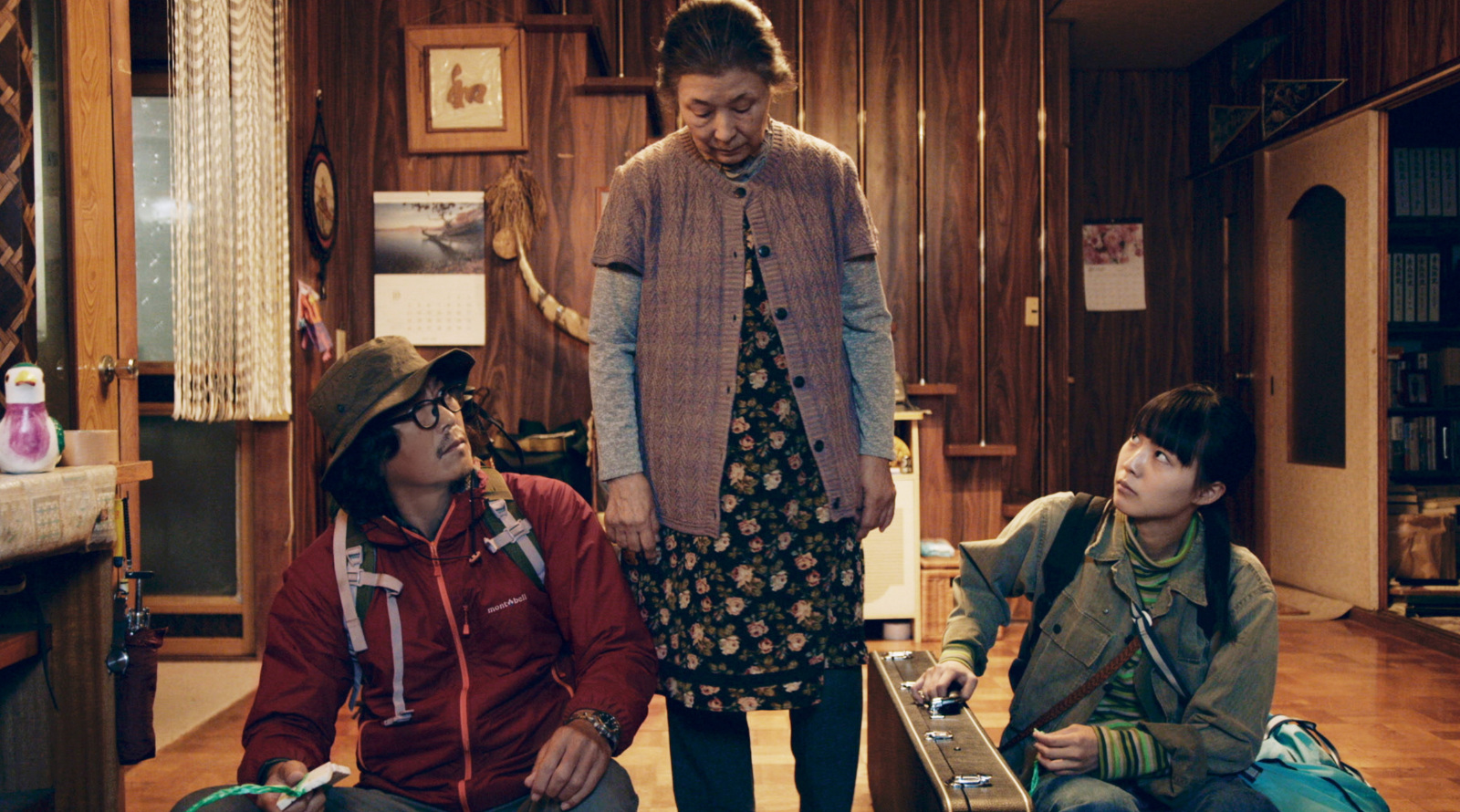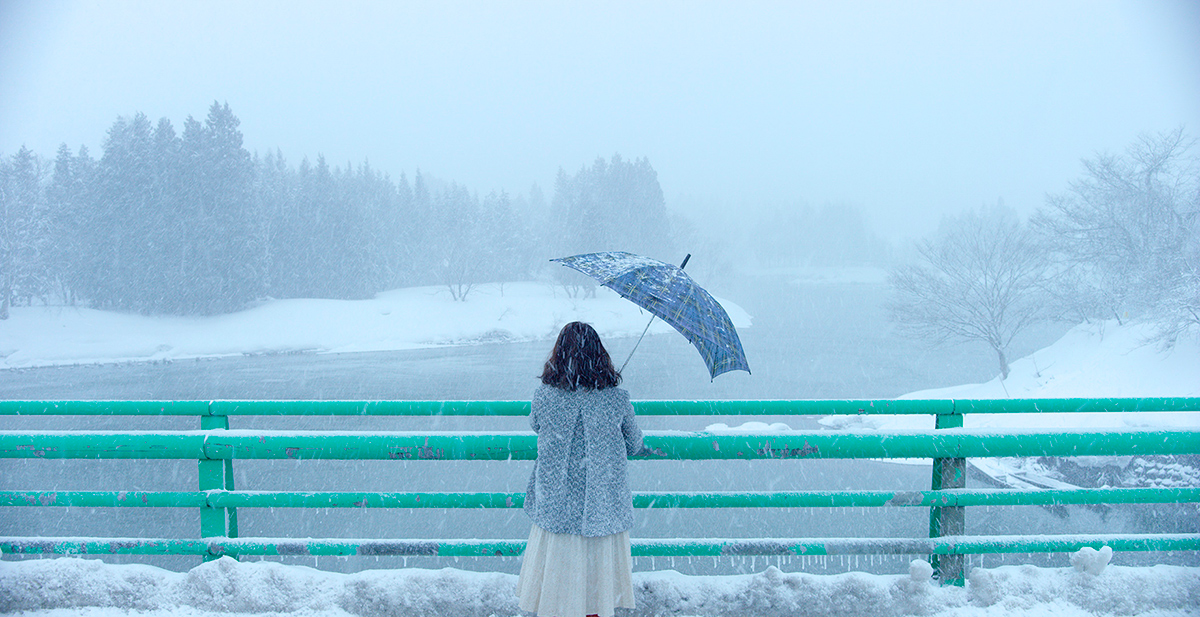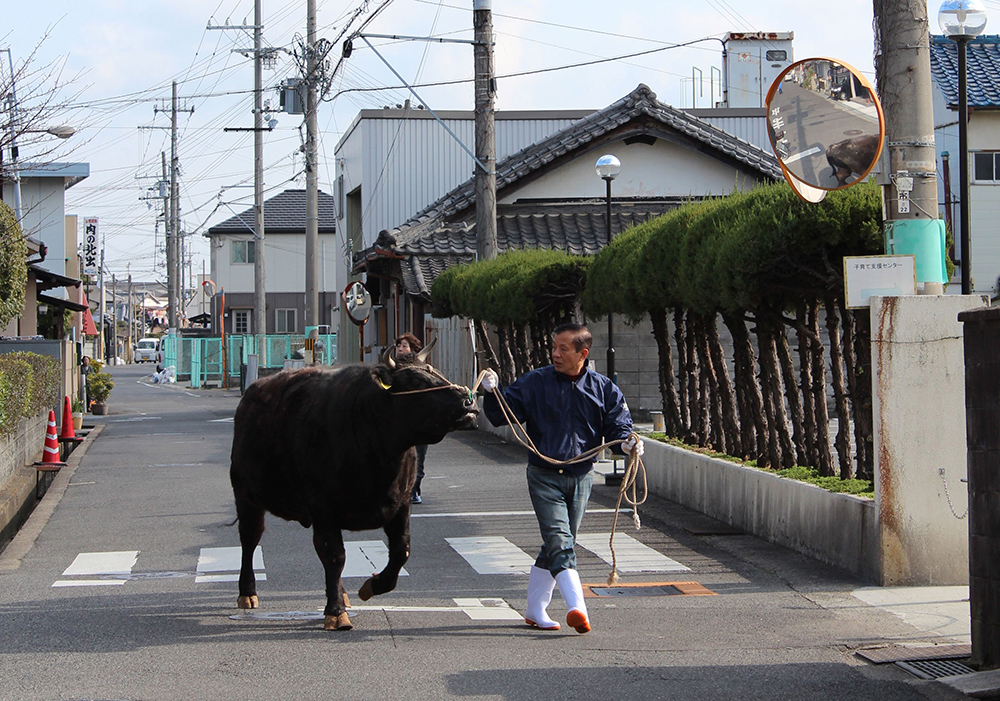Ito
Ito Soma is a high school student in Hirosaki City, Aomori. Her hobby is playing the Tsugaru shamisen, a three-string instrument that is popular in her home prefecture. She picked up the skill from her late mother, a talented shamisen player in her own right. While Ito can express herself through music, talking is a little harder due to shyness, which, when coupled with her strong Tsuguru dialect, makes it hard for her to communicate. And so she has few friends but, despite this, she has a strong inner spirit and she makes a big decision to start a part-time job at a maid cafe, much to the concern of her father Koichi. With every meeting that Ito has, her confidence begins to grow. (Osaka Asian Film Festival) Yokohama Satoko Born in Aomori Prefecture, Yokohama studied filmmaking at the The Film School of Tokyo. She made her directorial debut with Chiemi-chan to Kokkun Batcho in 2005 which won Best Film at the CO2 Open Competition. The grant she earned helped her make her second feature German + Rain which …



